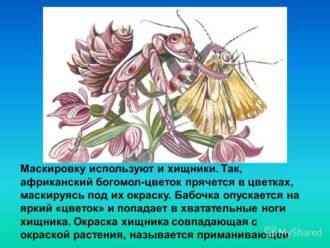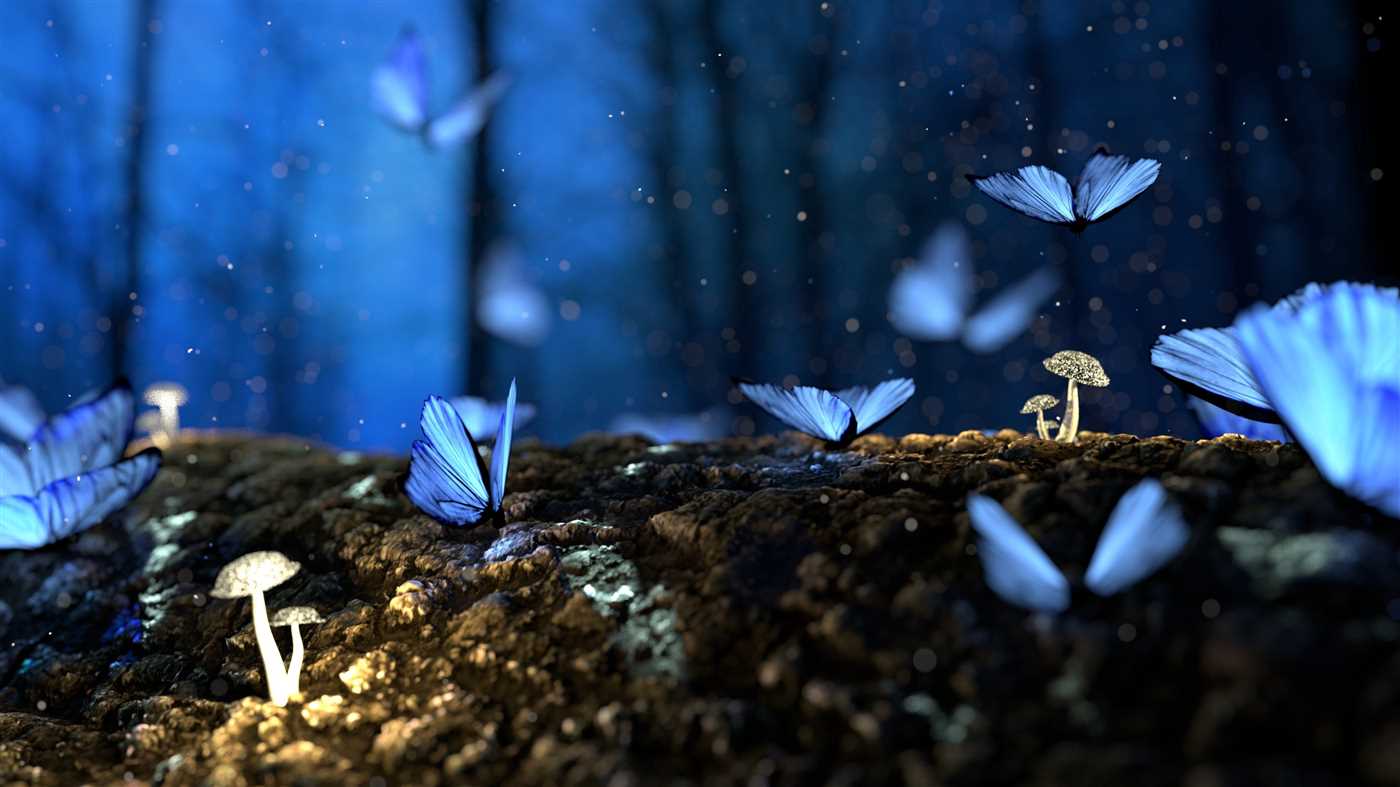
Butterflies are some of the most beautiful and amazing creatures of nature, and their wings are a true work of art. But the beauty of butterflies is not only in their bright and saturated colors, but also in their ability to protect themselves from predators using optical illusions.
Optical protection in the plumage of butterflies is achieved thanks to the special structure of the wings. On the surface of butterfly wings there are microscopic scales that have a special structure. These scales may be covered with numerous micron-sized projections that scatter light and create the effect of covering the wings with a thin layer of dust.
In addition, some types of butterflies have special reflective layers on the surface of their wings. These layers create light interference and result in bright and brilliant colors on the wings. These colors can change depending on the viewing angle, creating the effect of aesthetic appeal and visual protection from predators.
Amazing optical protection mechanisms
Butterflies are amazing creatures that not only delight the eye with their beauty, but also have unique optical protection mechanisms. One of these mechanisms is the "photonic crystal" effect.
A photonic crystal is a special structure consisting of many microscopic elements that are arranged in a certain order. It is thanks to this structure that butterflies are able to reflect light of certain wavelengths, resulting in their characteristic bright colors.
Another amazing optical protection mechanism is the "diffraction" effect. Due to this effect, light falling on the surface of the butterfly's plumage is distributed and reflected in different directions, creating unique optical effects.
In addition, butterflies have another interesting defense mechanism - superhydrophobicity. The plumage of butterflies is covered with a thin layer of wax, which repels water and other liquids. Thanks to this, butterflies can fly even in the rain, without fear of their plumage getting wet.
In general, the optical protection mechanisms in the plumage of butterflies are true masterpieces of nature. They not only help butterflies survive and protect themselves from dangers, but also create amazing and colorful images that attract our attention and admiration.
Butterfly plumage
Butterfly plumage is a unique and beautiful mechanism that performs several functions. It not only gives butterflies color and diversity, but also plays a protective role, helping them survive in the harsh natural world.
The plumage of butterflies consists of many tiny scales, which give them a bright color and a unique pattern. These scales can be of various shapes and sizes, which creates the unique beauty of the plumage.
However, the plumage of butterflies not only visually attracts attention, but also has protective properties. Some butterfly species have plumage with a metallic sheen that reflects light and makes them invisible to predators.
In addition, the plumage of butterflies can serve as mimicry. Some butterfly species have plumage that mimics other dangerous or inedible insects. This mimicry helps butterflies avoid attacks from predators that consider them dangerous.
The plumage of butterflies can also serve as thermoregulation. It forms a layer of air between the scales, which helps retain heat and protects against cold. This is especially important for butterflies that live in cool climates.
Secrets of nature
Amazing optical protection mechanisms in butterfly plumage
Nature has created incredible optical protection mechanisms in the plumage of butterflies. Certain types of butterflies have the ability to reflect and scatter light in such a way that their wings appear incredibly bright and rich in color. This allows the butterflies to pretend to be dangerous to predators and also attracts the attention of breeding partners.
Microscopic spines on plant leaves
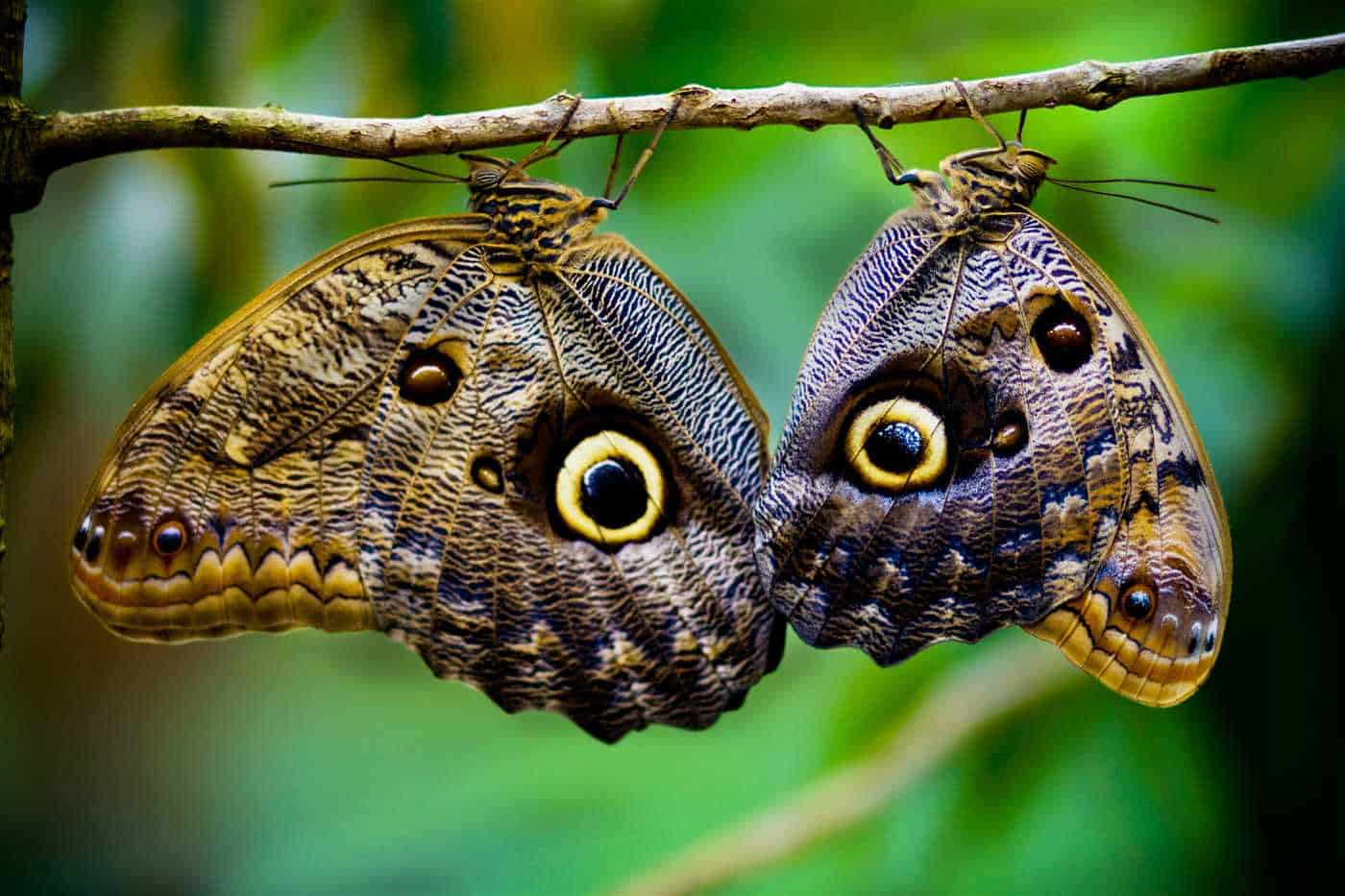
Another of nature's amazing mechanisms are the microscopic spines that can be found on the leaves of some plants. These spines serve as a defense against herbivores, as they create discomfort when trying to bite or eat the leaves. This defense mechanism allows plants to survive and maintain their viability in harsh natural conditions.
Complex defense systems in animals
Nature also has complex defense systems in various animals. Some species use poisoning to ward off predators, while others have unique camouflage capabilities. In addition, some animals can create sound signals to warn of their presence or attract the attention of others of their species. These defense mechanisms help animals survive and protect themselves in nature.
Features of the structure and behavior of animals
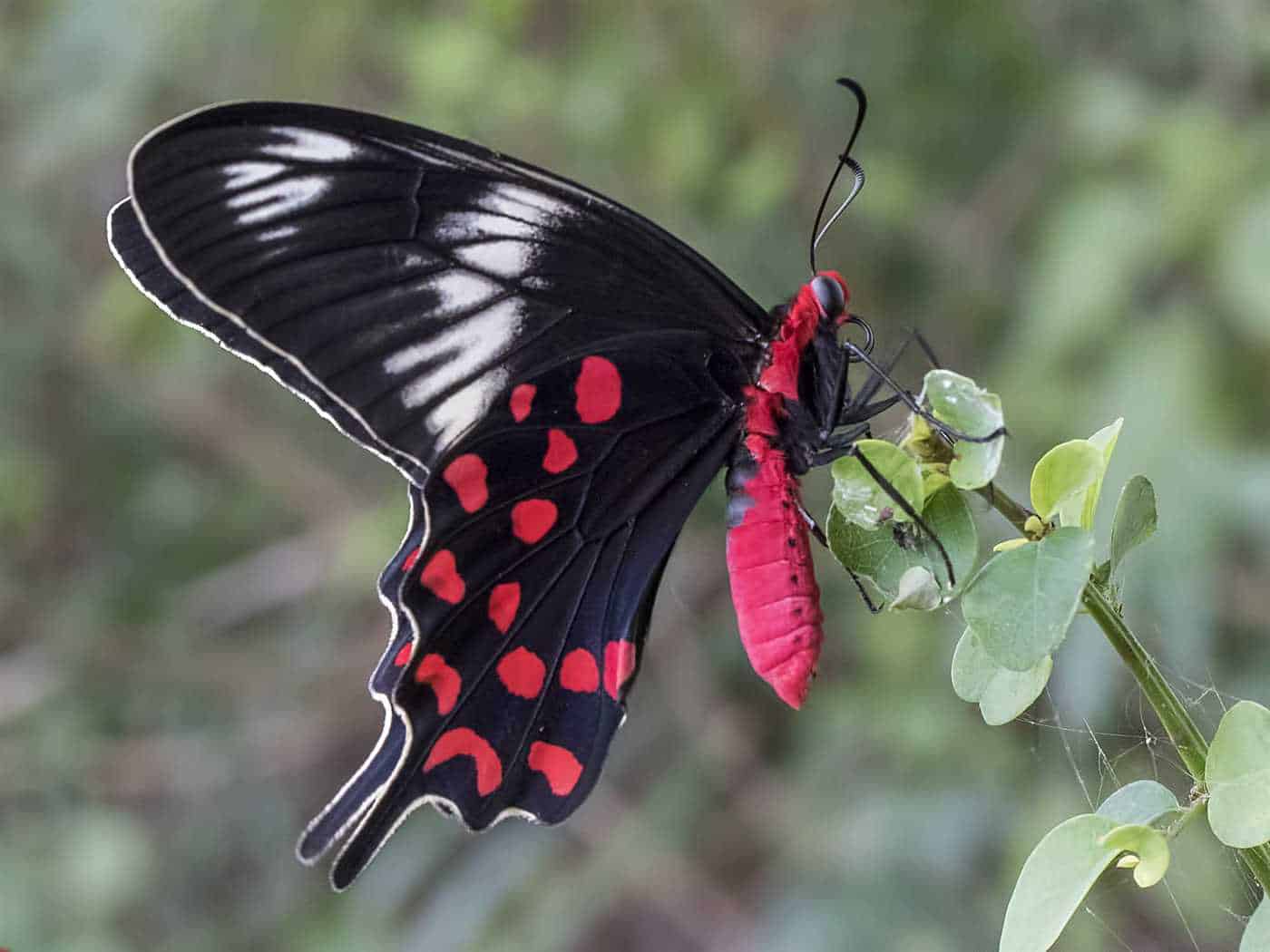
By observing animals, we can learn a lot of interesting things about nature and its secrets. The peculiarities of their structure and behavior allow them to adapt to various environmental conditions. For example, giraffes have long necks that allow them to reach food on the upper branches of trees, and chameleons can change the color of their skin to camouflage or express emotions.
The role of optical protection
Optical protection present in the plumage of butterflies plays an important role in their survival and protection from predators. The variety of optical defense mechanisms of butterflies allows them to successfully hide or distract the attention of predators, ensuring their safety.
One of the important mechanisms of optical protection is mimicry. Some butterflies have plumage that mimics their environment so closely that it is almost impossible to distinguish them from the background. This allows them to effectively hide from predators and avoid danger.
Another interesting optical protection mechanism is aposition. Some butterflies have bright, contrasting plumage that serves as a warning to predators that they are poisonous or have an unpleasant taste. In this way, the butterflies warn potential predators of their danger, which makes them abandon the idea of attacking.
Additionally, some butterflies have special structures on their plumage that reflect or refract light, creating effective optical illusions. This may include different shades, stripes, spots or even highlights. Such optical effects can confuse predators and make it difficult for them to orient themselves, allowing the butterflies to escape from danger.
Defense mechanisms in plumage

Butterflies have amazing defense mechanisms in their plumage that help them survive and protect themselves from predators.
One of these mechanisms is camouflage. Some butterfly species have plumage with spots of color and patterns that help them blend in with their surroundings. For example, butterflies that live in forest vegetation may have plumage with a pattern similar to leaves or tree bark. This camouflage allows them to effectively hide from enemies.
Another defense mechanism is imitation. Some butterfly species have plumage that mimics dangerous predators such as birds or lizards. They may have bright colors and patterns that resemble dangerous animals. This imitation makes predators think that the butterflies are dangerous and a threat to them, which distracts their attention and protects the butterflies.
Another interesting defense mechanism is the ability of butterflies to change the color of their plumage. Some types of butterflies can change their color depending on environmental conditions. For example, when lighting or temperature changes, the plumage of butterflies can change from bright and rich to pale and inconspicuous. This ability allows them to better adapt to the environment and hide from enemies.
Unique properties of butterflies

1. Variety of colors
Butterflies amaze with their incredible variety of colors. They can be bright and colorful, combining different shades and colors. Some species of butterflies are so brightly colored that they attract attention and serve as a danger signal to predators.
2. Unique patterns on the wings
Butterfly wings are decorated with various patterns and designs that help them deceive enemies and confuse predators. Some patterns on butterfly wings are so-called "eyes" that create the illusion of a larger size and distract predators from vulnerable spots.
3. Flight and maneuverability
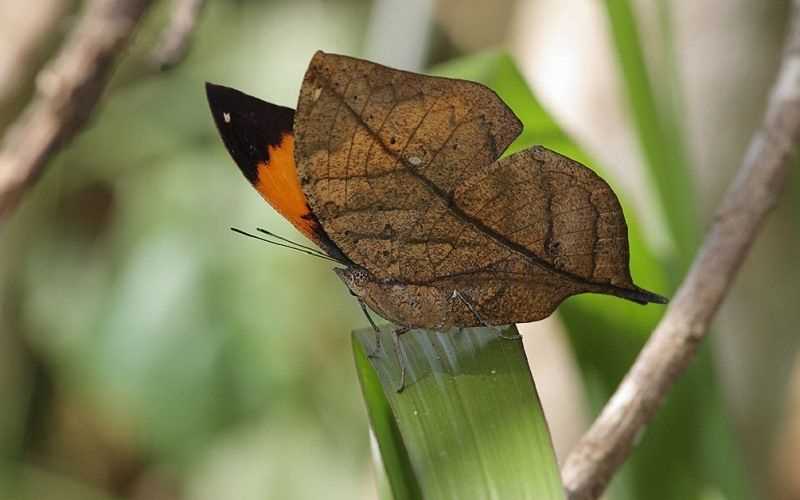
Butterflies have the unique ability to fly and maneuver in the air. They can swing smoothly and smoothly, quickly change direction of flight and even stop in the air. This allows them to avoid danger and find food.
4. Sensitivity to odors
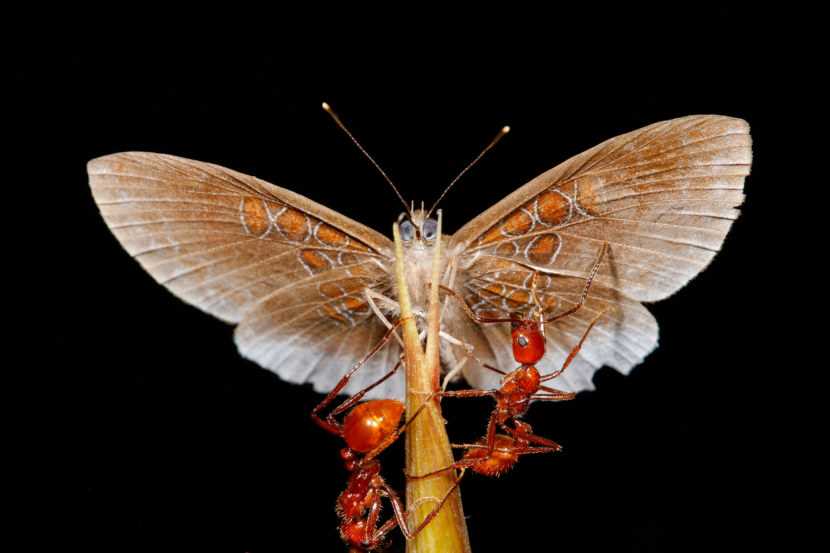
Butterflies have a very developed sense of smell, thanks to which they can find flowers and other plants to feed on. They are able to detect scents over long distances and follow them to find a food source.
5. Metamorphosis
One of the most unique properties of butterflies is their ability to go through a process of metamorphosis. They begin their life as a caterpillar, which eventually turns into a chrysalis and then into a beautiful butterfly. This process is an amazing example of transformation and adaptation to the environment.
Impressive examples
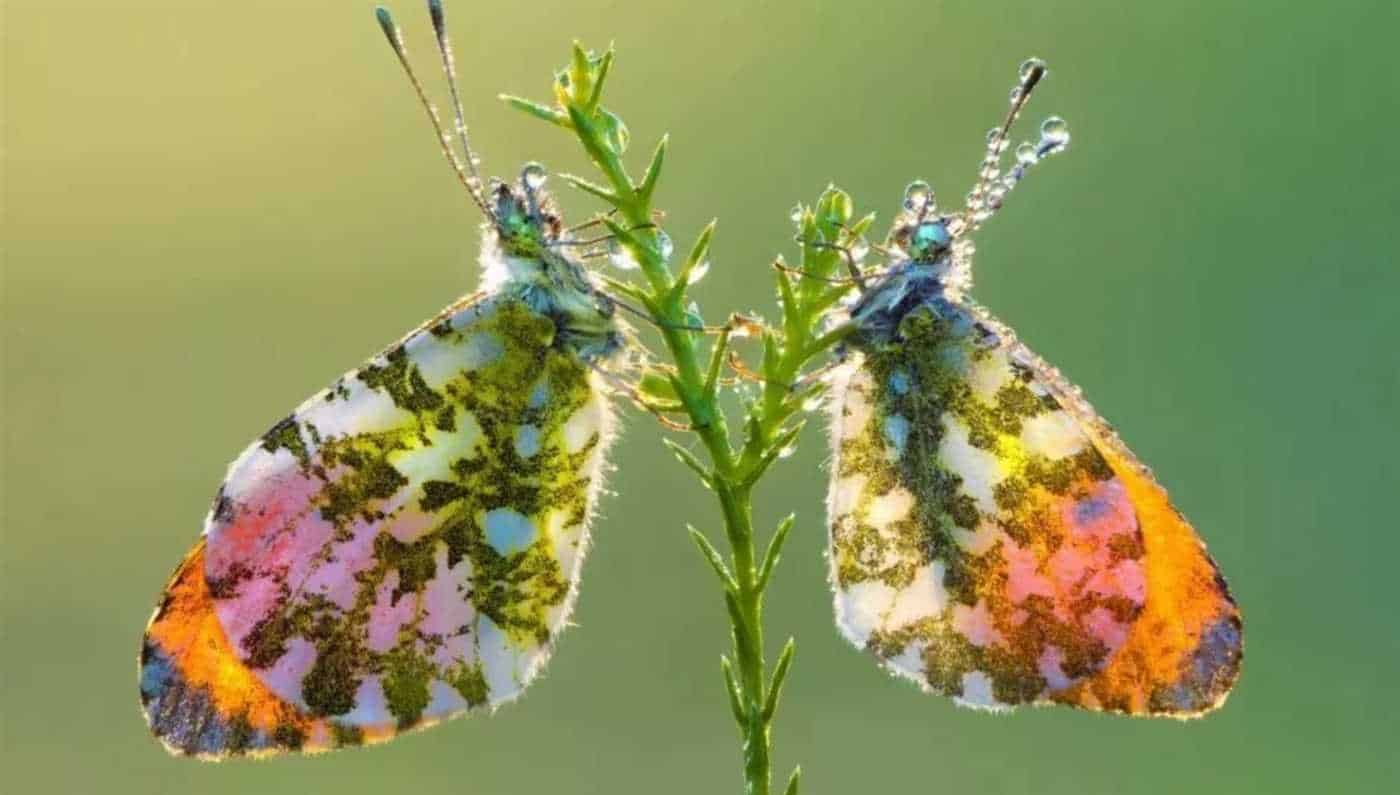
One impressive example of optical defense in the plumage of butterflies is a mechanism that allows them to deceive their predators. Some species of butterflies have special spots or stripes at the base of their wings, which at a certain viewing angle create the illusion of movement. This allows the butterflies to distract the predator's attention and escape.
Another impressive example is the “phantom wing” effect observed in some butterfly species. When the butterfly is at rest, its wings are closed and it looks like an ordinary butterfly. However, when she unfolds her wings, a bright pattern appears on them that was previously invisible. This creates the illusion of the butterfly being larger and more complex, discouraging predators.
Another amazing example of optical protection in the plumage of butterflies is the principle of “mirror reflection”. Some butterfly species have microscopic structures on their wings that reflect light at specific angles. This creates a mirror-like effect and makes the butterflies invisible to predators as they blend into their surroundings.
Read more:





